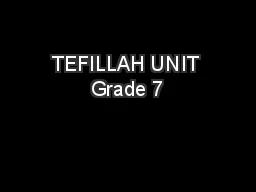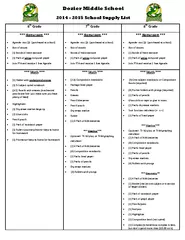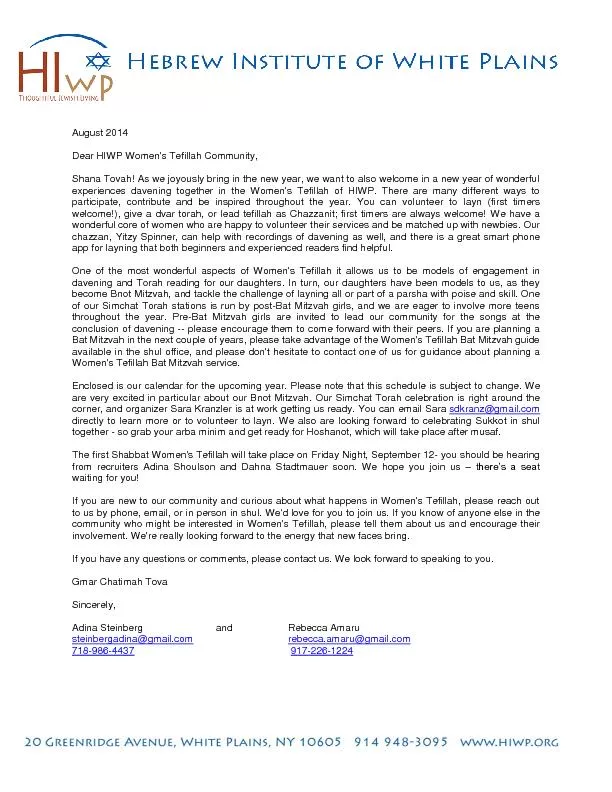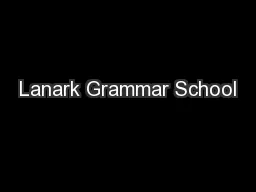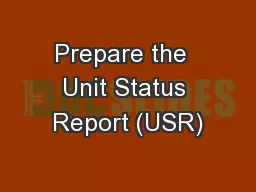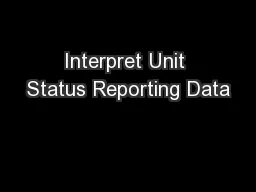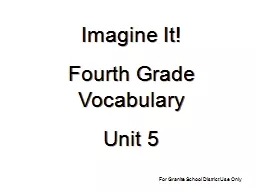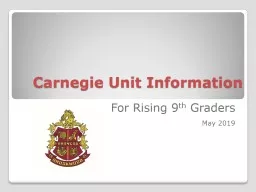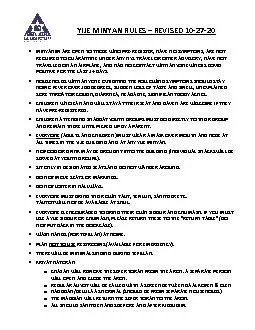PPT-TEFILLAH UNIT Grade 7
Author : aaron | Published Date : 2019-12-11
TEFILLAH UNIT Grade 7 By Hayah Rafie and rah Goykadosh Learning Goals TLW gain an appreciation and love of Tefillah TLW know the literal and deeper understandings
Presentation Embed Code
Download Presentation
Download Presentation The PPT/PDF document "TEFILLAH UNIT Grade 7" is the property of its rightful owner. Permission is granted to download and print the materials on this website for personal, non-commercial use only, and to display it on your personal computer provided you do not modify the materials and that you retain all copyright notices contained in the materials. By downloading content from our website, you accept the terms of this agreement.
TEFILLAH UNIT Grade 7: Transcript
Download Rules Of Document
"TEFILLAH UNIT Grade 7"The content belongs to its owner. You may download and print it for personal use, without modification, and keep all copyright notices. By downloading, you agree to these terms.
Related Documents

